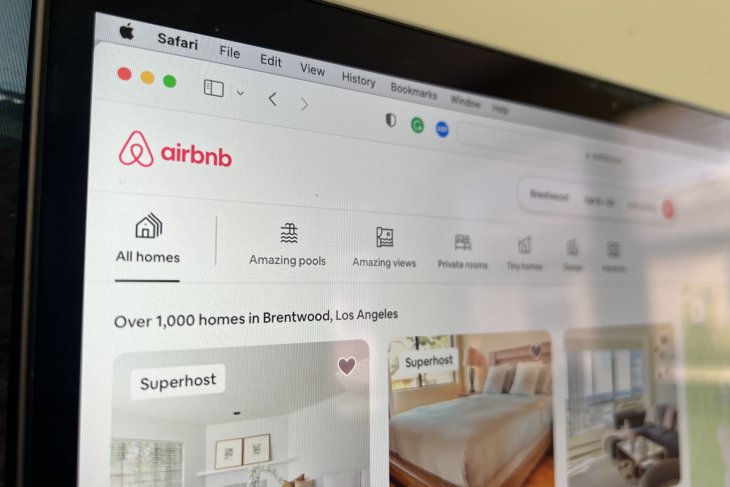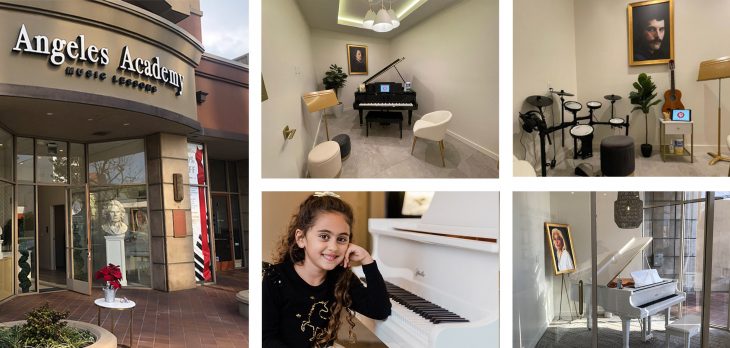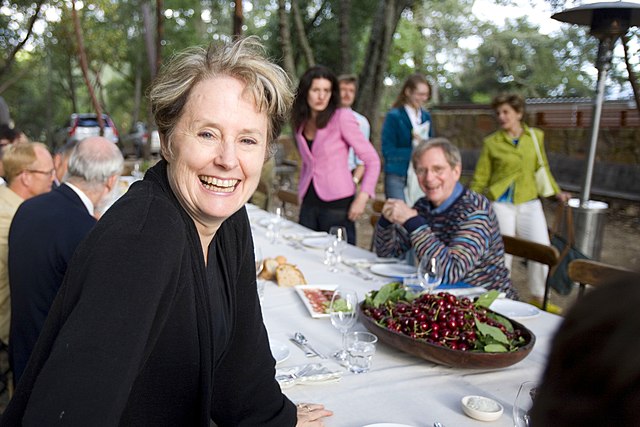
Inside a lecture hall at UCLA’s Humanities Building last Thursday night, author and Brain Balance co-founder Dr. Robert Melillo asked an audience of several hundred parents and health professionals, “Who here feels comfortable to stand and explain what’s actually happening in the brain of a child with a learning challenge?”
No one raised their hand.
He followed with a rhetorical question he knew everyone would respond to: “Who doesn’t feel comfortable or doesn’t feel like they can answer that question?”
Dr. Melillo said even in today’s age, most professionals and people working with children who have learning issues, behavioral and social concerns, and sensory and processing disorders have no idea what the root of problem is.
His free UCLA presentation to families struggling with behavioral, academic, and social issues in their children was held just hours after the ribbon cutting ceremony for the new Brain Balance Achievement Center in Brentwood.
The center, now one of more than 50 nationwide, offers a proven program that combines physical and sensory-motor exercise with cognitive skill training and healthy nutrition.
The Brain Balance program can help children ages 4-17 with issues such as lack of focus, impulsivity, meltdowns, trouble making friends, and difficult family interactions and relationships, among other things.
Dr. Melillo said he created the program, which launched its first center in 2006, after he decided to take a closer look at what was actually happening in a child’s brain.

The New York-based clinician and researcher said he traveled the country and examined different types of programs and spoke with anybody in the field who had results.
He said he looked at what each professional was doing and why they were successful.
“What I typically found was that people were getting results in certain areas, but they didn’t know why and they didn’t know what the primary problem was in the brain, but they clearly had tools that worked in some of that population,” Dr. Melillo said. “Even today, most of the programs that are working with these kids are really just dealing with one or two issues. They are really dealing with only a piece of the puzzle because they don’t understand what the primary reason is.”
That primary reason? The left and right sides of the brain haven’t developed at the same time.
In Brentwood, Dr. Melillo said there were two terms commonly used in the local community: twice exceptional children and developmental asynchrony.
“Basically what it means is that children are usually exceptionally gifted in a certain area, but they are also exceptionally delayed or significantly slower in developing in other areas,” he said. “The idea of twice exceptional is that you have a kid who has certain genius level skills, but then they have other skills that are way below their grade level. That imbalance in those skills is really the problem.”
Dr. Melillo said the term developmental asynchrony meant that the timing of maturity development was off.
“Normally a child develops all their four- year-old skills when they are four and their six-year-old skills when they are six, etc.,” he said. “In these children they will have certain skills that are two, three, four years above where they are chronologically and then they will have other skills that are two, three, four year levels below. Those terms are really talking about the content that I developed, which is the idea of a functional imbalance between areas of the brain.”
Dr. Melillo said most of the children at his centers are gifted.
“They are brilliant kids in certain areas, but then we reuse all those gifts because they have areas that they really struggle in,” he said. “Most of this – what I have been really able to relate an imbalance between the right and left hemisphere – that’s the pattern that you see over and over again.”
So how does Brain Balance resolve specific behavior and academic challenges?
An extensive evaluation lasting 3.5 hours examines all of the child’s strengths and weaknesses. The unique process pinpoints what is happening in the child’s brain so a coordinated program can be created to trigger strengthened connections that lead to improvements in behavior, and social and academic performance.
A Brain Balance coach works with two children at a time as part of the program for a specific reason.
“Essentially we are going to take these children through physical and sensory based exercises,” Dr. Melillo said. “What we do is have two kids who work as a team, support one another, and they mirror and match each other subconsciously. They don’t realize they are stimulating areas of their brain and developing their social skills, but that is part of what is happening. We also find two kids work together with one adult is better than if it was one-on-one. Lots of times if we get a kid who is having a bad day and they may not want to come into the program, their mother or father or any of our teachers may try to get them in and it doesn’t work, but when the partner says ‘come on in’ they usually break down and connect.”
Two children with a Brain Coach has other benefits as well.
“A lot of the children that come here have social issues,” Dr. Melillo said. “Those social issues are really essentially a non-verbal learning disability. Basically the right side of the brain learns and communicates non-verbally. It reads facial expression, it reads body posture, and it reads tone of voice. Its job is to really understand what people are thinking – it’s the social side of our brain.”
He said the right side of the brain allows humans to tap into other people’s minds and to tap into their own emotions.
“This develops very early in childhood in the first two to three years,” he said. “But what happens is the child’s brain needs to connect to their body. In most of these kids that we’re working with, that connection really hasn’t happened. They are disconnected from their body because they have very low muscle tone, they have poor balance and coordination, they usually don’t feel pain, they don’t feel their skin very often, and they have very little or no sense of smell.”
As part of the program, Brain Balances coaches have children to connect their body through core stability exercises.
“They do things like lay on the ground and do a bridge or lay on their side or lay on their back and lift their body and hold it into a certain position,” Dr. Melillo said. “Over time this will gradually strengthen their big muscles and core postural muscles. Posture development is really critical – most these kids have very poor postural motor development.”
Dr. Melillo said many of these children were delayed in their motor milestones, saying they didn’t roll over or begin to crawl when they were supposed to, or started walking at a late stage.
“We do other things where we will do what we call primitive reflex exercises,” Dr. Melillo said. “All of us are born with certain reflexes that allow us to move and do things like feed ourselves and grasp onto things and what leads us to do things in early childhood like crawl. We do primitive reflex exercises that are geared toward those reflexes. We also do traditional strengthening exercises things like sit-ups, push-ups, and chin-ups. We also do timing type exercises because a lot of the problem that we see is this poor coordination and synchronization between the two hemispheres of the brain.”
Nutrition is also an important element at Brain Balance.
Dr. Melillo said his coaches may recommend an elimination diet that will remove certain foods to which some children may be sensitive.
“We also support nutrition with a home program where we get parents do physical exercises with their children,” he said. “We get them to do different types of stimulation like listening to different types of music. We also get them to do certain types of cognitive activities at home. They do a reading program at home on a computer that supports what we do at the center. We also give them reduced behavioral modification to get the parents to make sure the children are living a healthier, more active lifestyle like reducing screen time. Getting them to be more physically active is just as important as eliminating junk food.”
Brain Balance Center of Brentwood is located at 11740 San Vicente Blvd. Ste 208, Los Angeles. For more information, call 1.800.877.5500 or visit www.brainbalancecenters.com.


























